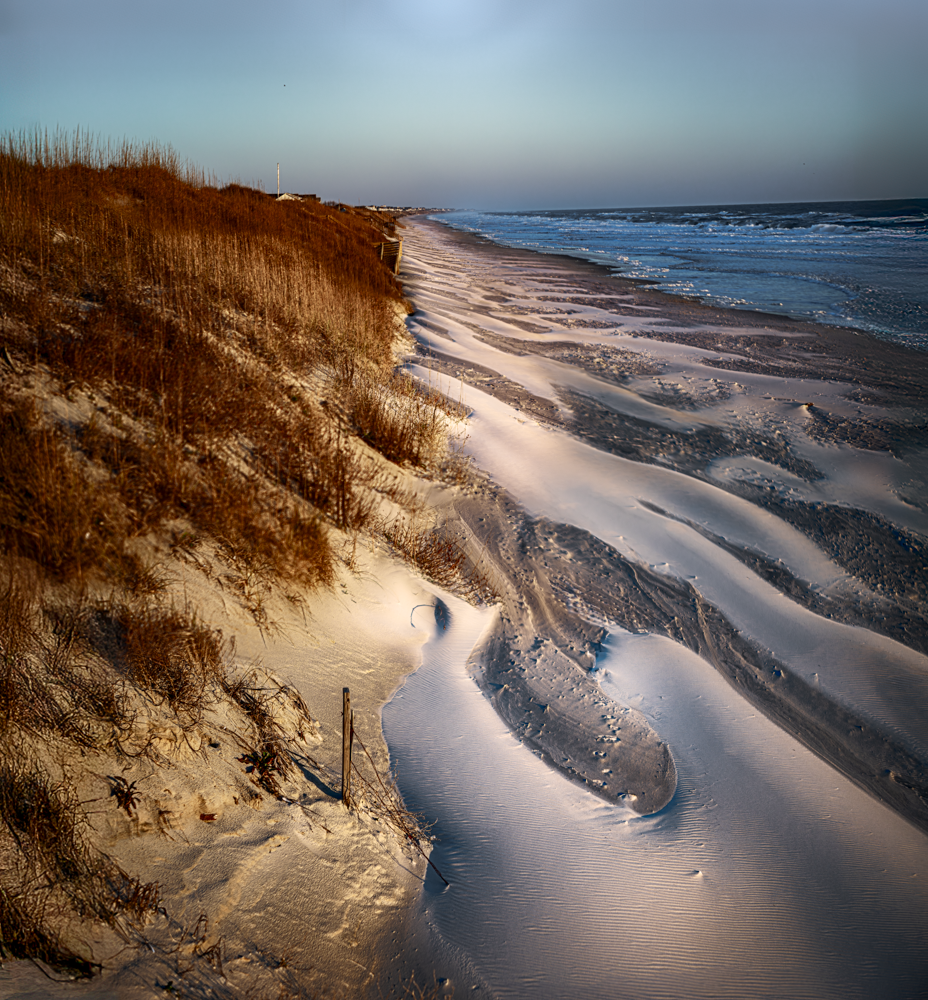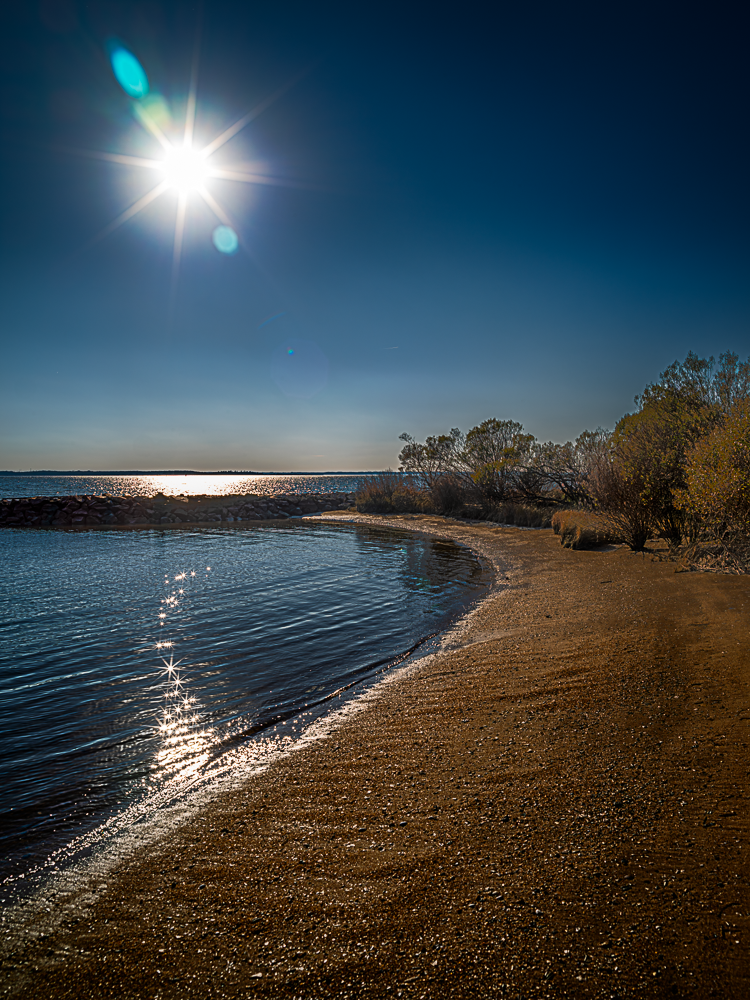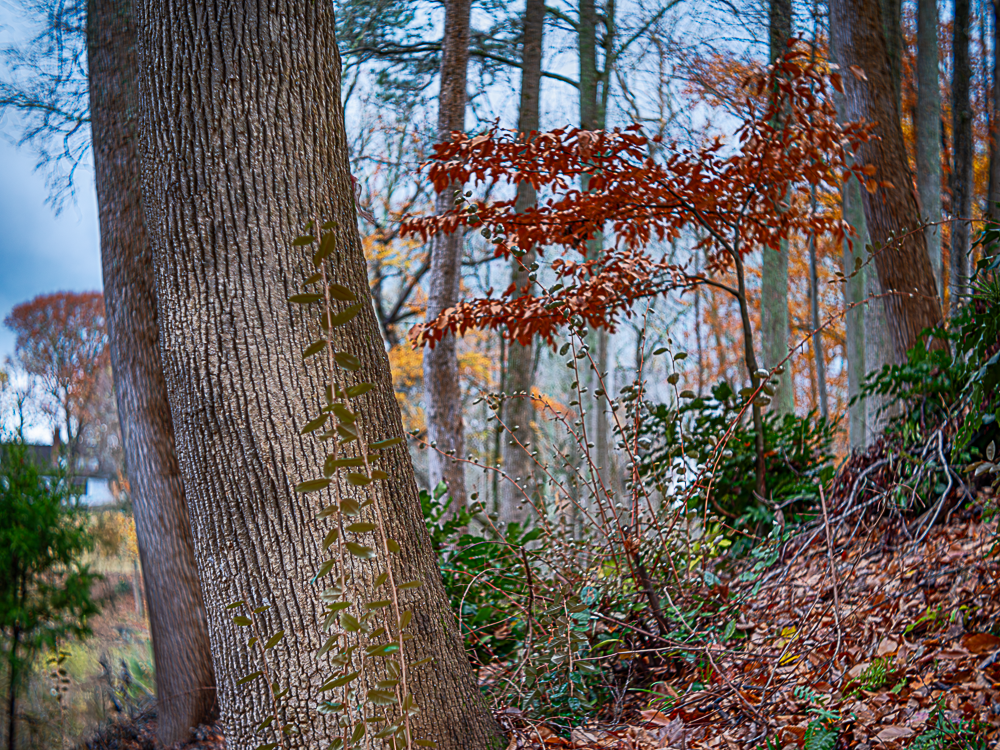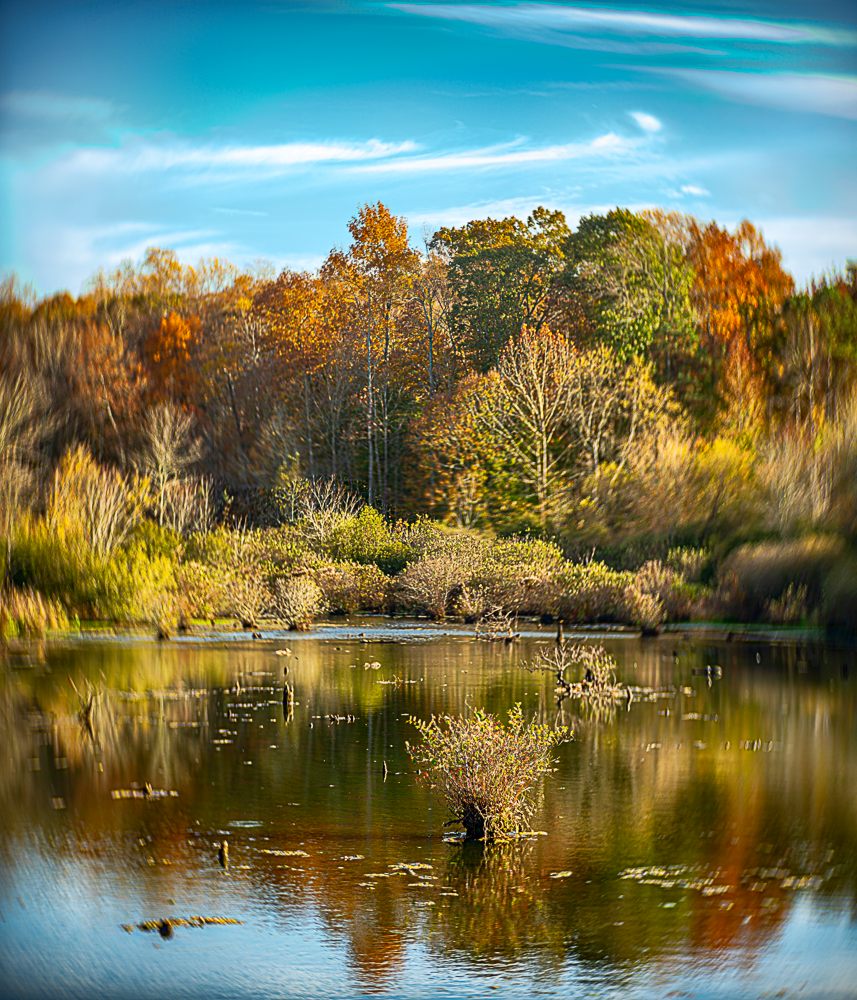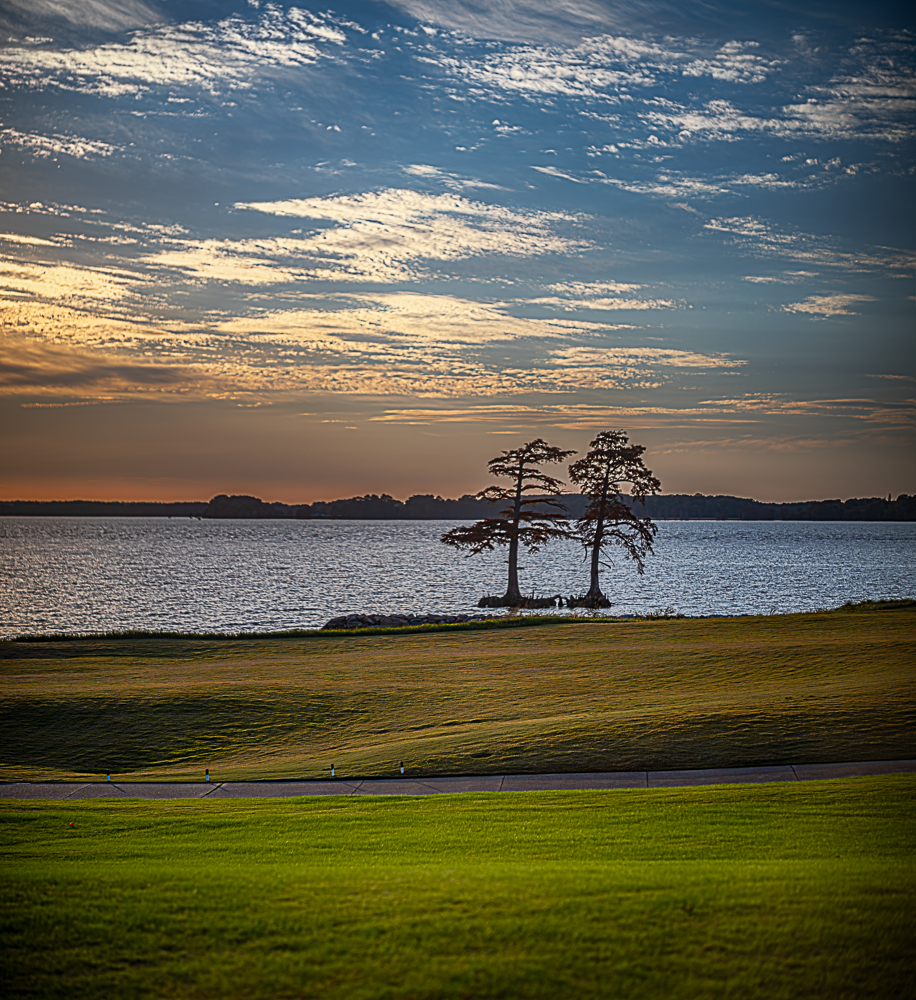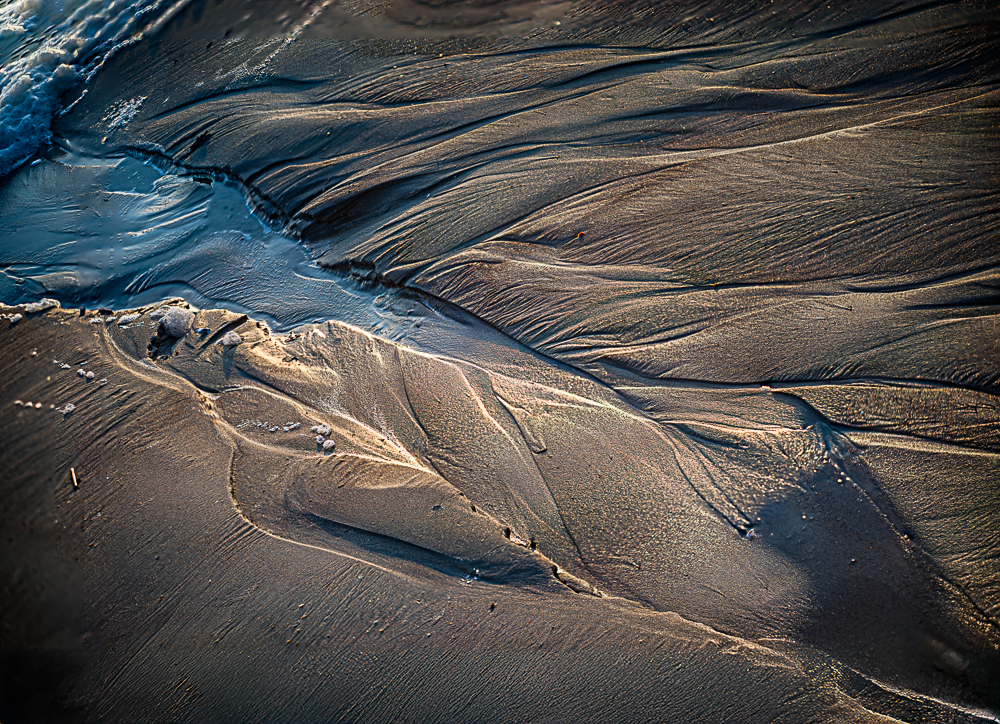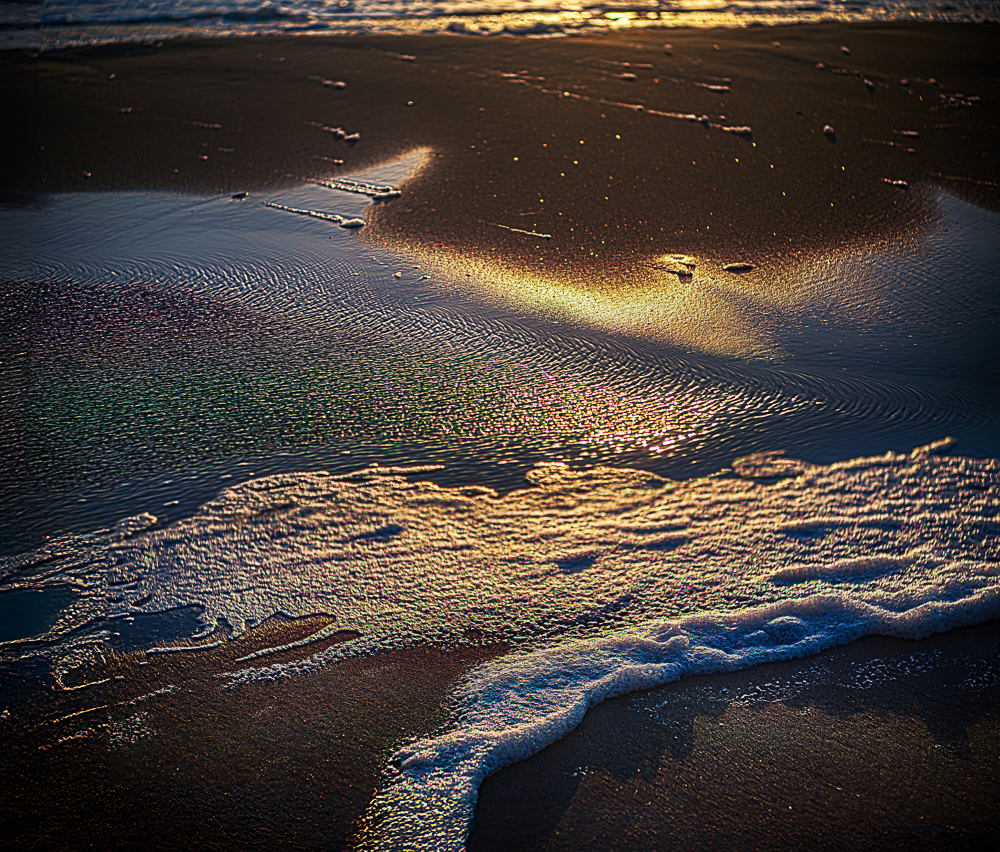Metaphysical Underpinnings
Fleeting eternal
Tangible transcendent
Moment of stillness
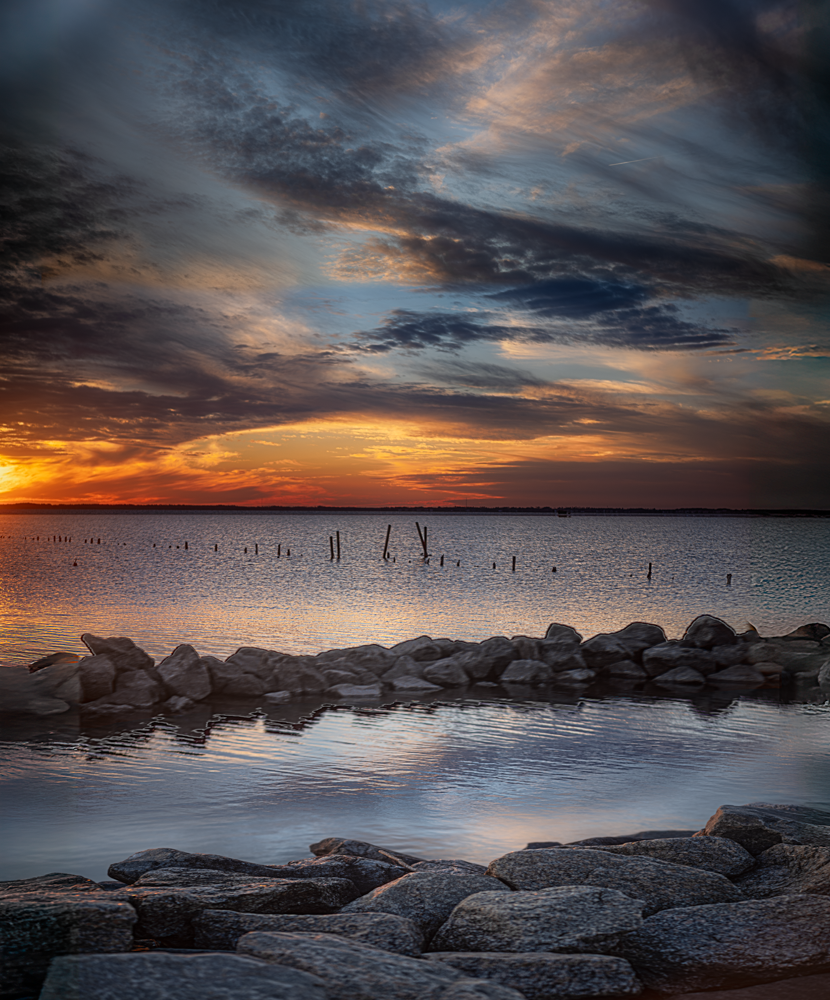
Where does the world of forms end and the realm of pure being begin?
“Sometimes I do get to places just when God’s ready to have somebody click the shutter.” – Ansel Adams

